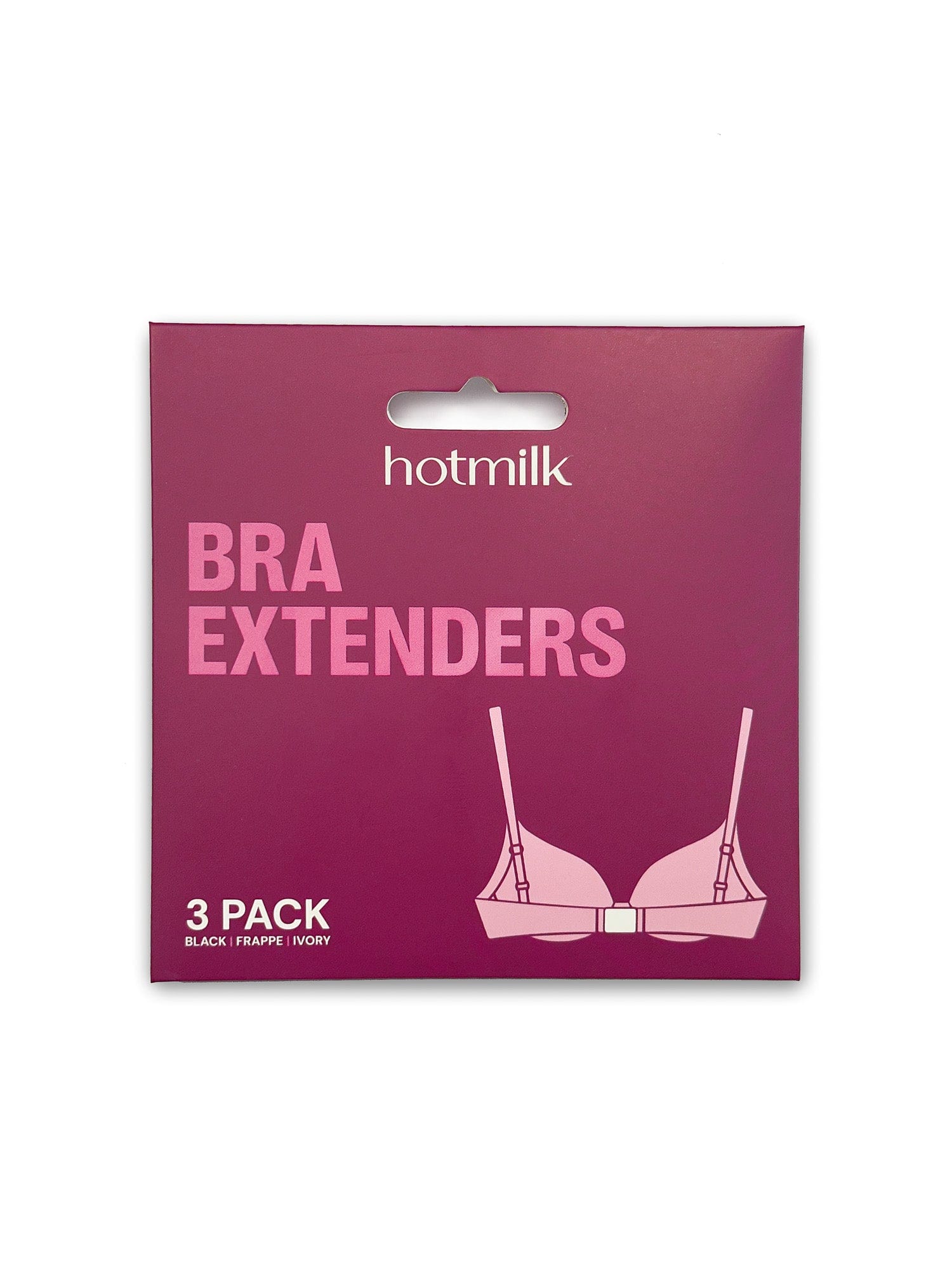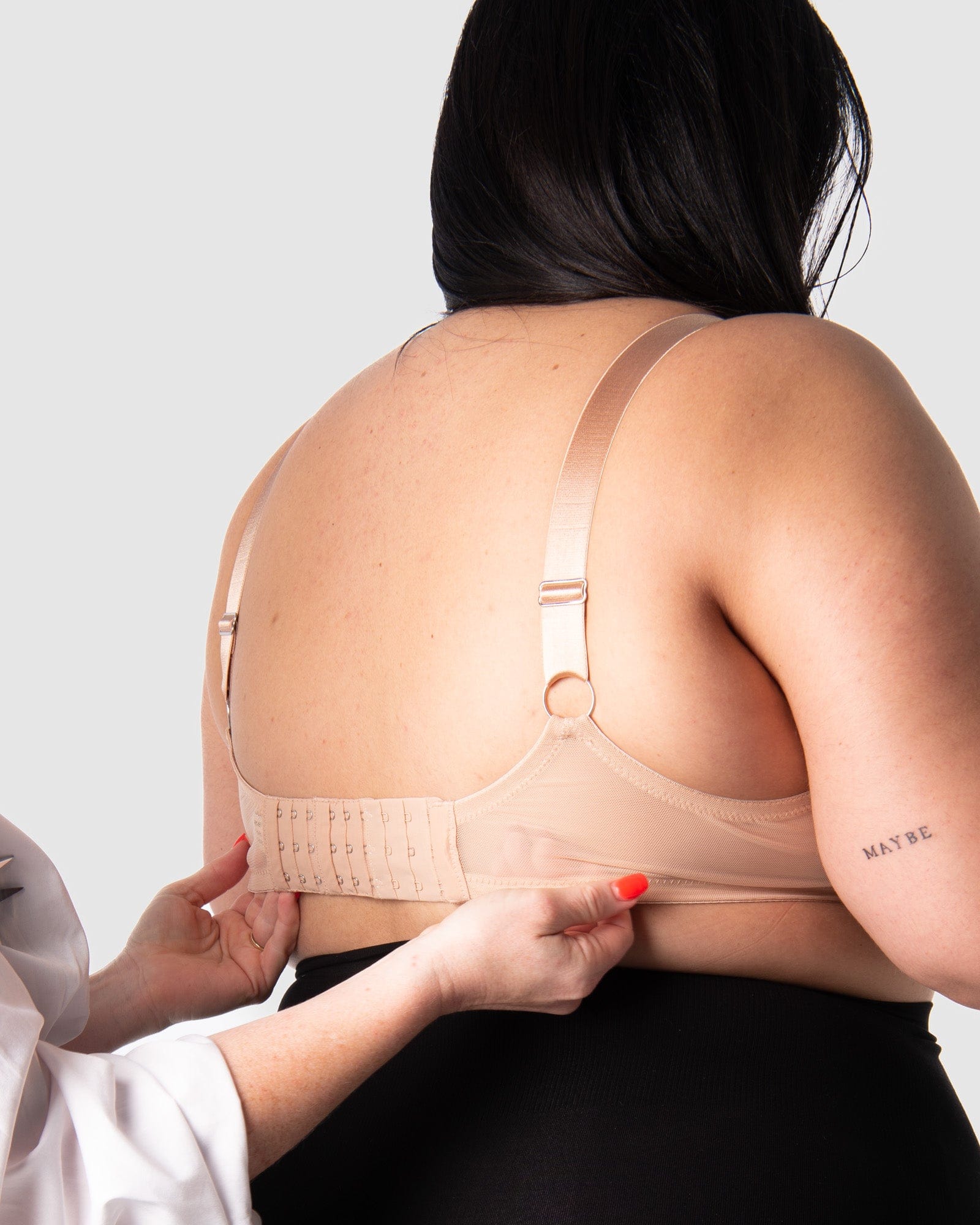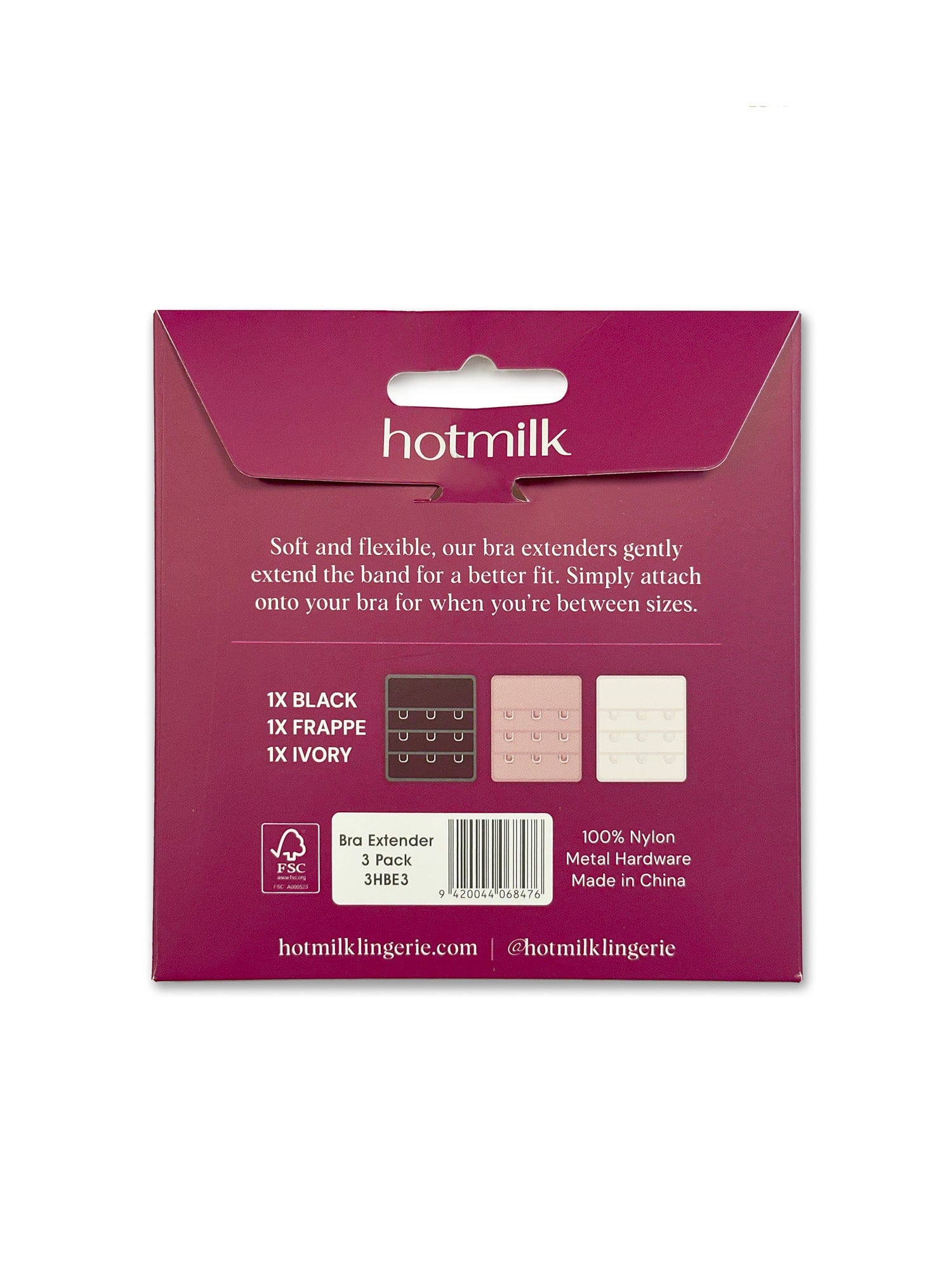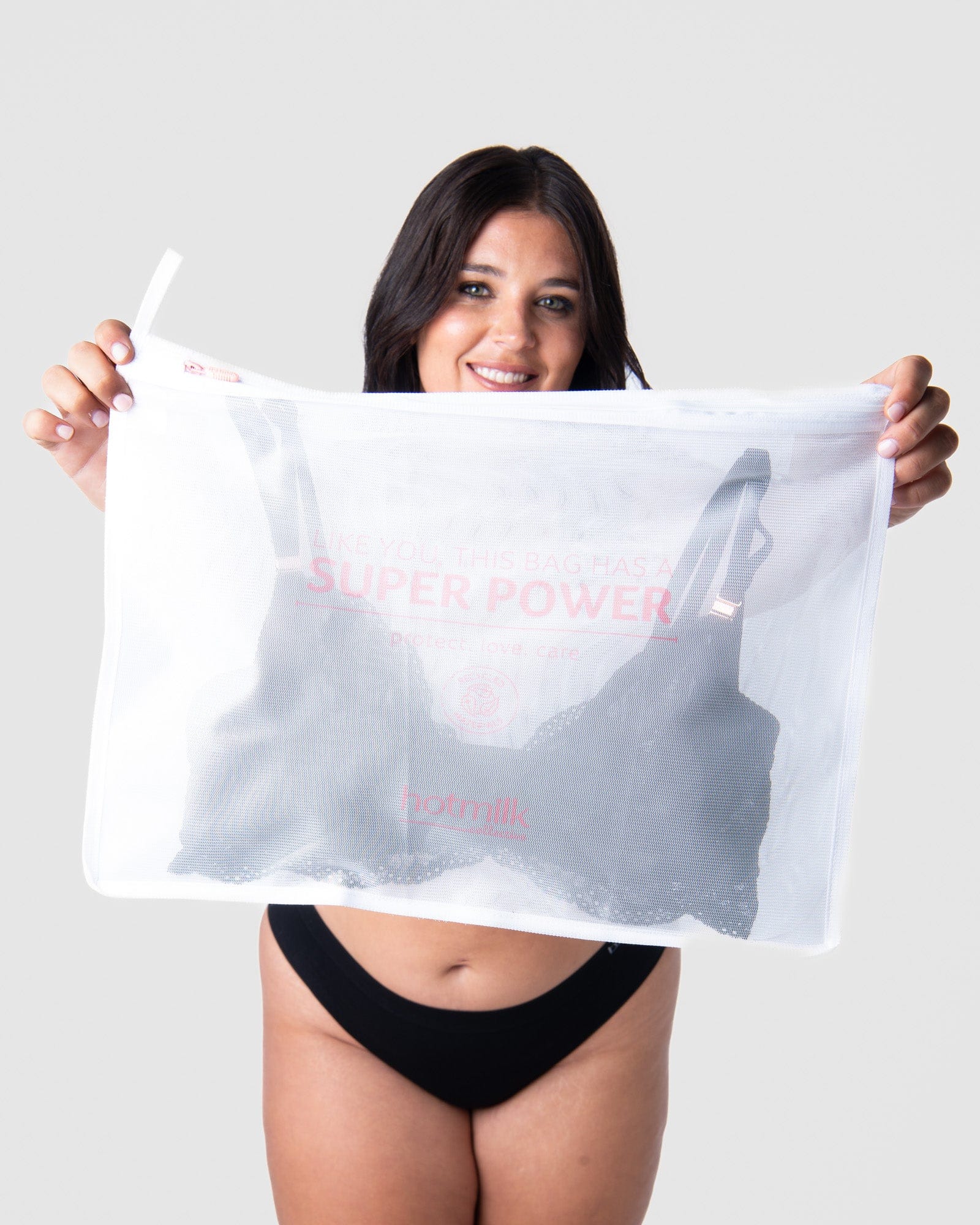Julia Daly from More Than Milk is an International Board Certified Lactation Consultant and Paediatric Registered Nurse with over 17 years’ experience working with babies and children. Julia is also a mother of three beautiful breastfed children and understands the demands and delights of family and motherhood.
Like every other aspect of motherhood, the breastfeeding journey is unique for everyone. Some mamas find it happens straight away, some mama's have problems finding the perfect latch and some mamas find it extremely painful. The important thing to know is that you don’t have to face this journey alone, there are experts out there like Julia who can help you.
Over the last 18+ years we noticed lots of our mamas-to-be all have similar fears and questions about how to prepare and successfully breastfeed. We focused on the top 5 questions we get asked and Julia kindly answered them

How can I be Confident About Breastfeeding
All too often new mamas-to-be hold onto fear about breastfeeding... that it won’t work for them because it didn’t work for their friend, or sister. And sometimes mamas don’t worry enough about breastfeeding.
As one mama recently told us “I thought so much about the labour and delivery, I didn’t even think about feeding my baby which is the main focus after baby is here. I was not prepared!"
Tips for Confident Breastfeeding
-
Build your Village Early - Include partners, family and friends in your intent to breastfeed. Let them know ways they can support and encourage this. Pregnancy is a great time to join supportive online communities helping connect with mamas going through the same stages and breastfeeding journey as yourself.
- Education - There are lots (and lots and lots) of breastfeeding myths out there, and it’s easy to end up with a head filled with misinformation and old wives’ tales. Make sure you get your breastfeeding information from trusted sources, and that it’s based on science rather than your mother-in-law’s humble opinion.
- Invest - A comfortable nursing chair, quality nursing bras and a great breast pump are all valuable investments. They are not luxuries or a "treat" they are equipment to see you on a successful breastfeeding journey. Investing in Breastfeeding initially can save thousands in formula costs.
- Realistic Expectations - Confidence rarely comes easily to new mothers. Raw from the birth and exhausted from lack of sleep, the early days of motherhood are often racked with self-doubt. It can take a while before you finally feel that you’re doing a good job (which you are, by the way!). Invest your time in lots of Breastfeeding . . . it will pay off!
- Give Yourself Credit - No matter how long you breastfeed for, or how many feeds you manage, you should celebrate the goodness you were able to give your baby. Celebrating your success can help to build your confidence, so take the time to do it. Your milk, and your efforts providing it, is worth celebrating.

Breastfeeding in the First Week
Breastfeeding experiences can vary widely among individuals due to a combination of physical, emotional, and situational factors. Breastfeeding is a learned skill and the best chance of success is being prepared. The important thing is that if you are struggling, you ask for help.
Tips for Breastfeeding in the First Week
- Feed your baby within the first hour of birth. Why? After this they become sleepy and have a recovery sleep. Get that colostrum in ASAP.
- Skin to Skin ++ Strip your baby down to their nappy, pop them on your chest and have snuggles. As well as it being a super lovely time having these cuddles it will also benefit you both greatly. Skin to skin helps regulate your newborns temperature and helps stimulate those hormones that produce milk. It also helps regulate their blood sugar levels and steady's their heart beat. You will notice their early feeding cues much more easily in this position too.
- Night 2 is EXHAUSTING! Feed, Feed, Feed. Cluster feeding is NORMAL during this time, go with the flow, they are bringing in your milk which is a GREAT thing.
- Get the latch right. If you are unsure ask for help! Nipple tenderness is common for the first 7-10 days and peaks day 3-4. Nipple pain that extends beyond 14 days is not normal. See a Lactation Consultant or Sign up to Julia’s FREE Online Breastfeeding Program.
- Breastfeeding support is the key to a successful journey. If it’s not going well, ask for help! Rally your support network around you and ask, ask, ask for emotional and practical help.

How to Increase Your Milk Supply
A combination of the below tips will provide the best results in increasing your milk supply. Breast stimulation is the MOST important and effective way to have a good milk supply. If challenges persist, don't hesitate to seek help from a lactation consultant or healthcare provider.
- Deep Latch - If you don't have a good latch, you won't remove milk well and hence your body won't know to make enough. A lactation consultant can help you with proper latching techniques.
- Nurse Frequently - Breastfeed 2-3hrly during the day; no more than 4 hrs between feeds overnight. The more often your baby nurses, the more milk your body will produce due to the demand-supply mechanism.
- Skin to Skin - Spend plenty of time holding your baby skin-to-skin, which can help stimulate milk production and encourage more frequent nursing.
- Double Pumping After a Feed - 10 mins straight after MOST feeds. The Bellema Euphoria is specifically designed to increase supply.
- Pump Regularly - If your baby is not nursing effectively or you need to be away, use a breast pump to maintain or increase your milk supply. Aim to pump for 15-20 minutes every 2-3 hours, even if you’re not getting much milk initially. Double pumping (using a pump on both breasts at the same time) can be particularly effective.
- Rest and Manage Stress - Get as much rest as possible and find ways to manage stress, as both fatigue and stress can negatively impact milk production. Seek support from family and friends to help with household tasks and baby care.
- Hydrate - Drink plenty of fluids, as dehydration can reduce milk supply. Water, herbal teas, and milk are good choices. Avoid excessive caffeine and alcohol, as they can have a dehydrating effect.
- Eat Well - A well-balanced diet rich in fruits, vegetables, whole grains, and protein. Some foods, such as oats, barley, fenugreek, and fennel, are traditionally believed to help boost milk supply.

Reduce Your Risks of Mastitis
Mastitis is basically an inflammation of the breast that can lead to infection. Affecting approximately 2–10% of breastfeeding women worldwide. The majority of cases, occur within the first 12 weeks after childbirth. Interestingly, mastitis can develop at any point during lactation, even up to two years postpartum. There are many things you can do to lower your risk, with some suggestion below
- Be Supported, ensure you are wearing a supportive well-fitting Maternity Bra, find out how to correctly fit your Nursing Bra here
- Prolonged Pressure on Breasts, avoid cross body handbags, baby carrier straps, seat belts or anything else that puts pressure directly on your breasts for long periods of time.
- Good Breastfeeding Techniques are important, make sure your baby is latching well and effectively draining your breasts. Offering both breasts per feed especially in the early days, can help ensure effective drainage too. Keep your breasts clean and dry. Change breast pads frequently to avoid moisture buildup, which can promote bacterial growth.
- Rest and Nutrition plays a big part in your overall health. Reach out to your partner, family members, and other mums for emotional and practical support. Let them lend a hand with chores, meals, or taking care of the baby. Stress and lack of sleep can contribute to low immunity to infections and lead to the development of mastitis.[10]XResea
- Early Invention, you know your body best so listen to it! Any concerns or changes like redness, warmth, swelling, pain, or flu-like symptoms need to be discussed with your doctor or healthcare provider as soon as possible. Don’t ignore discomfort or changes in your breasts. Early intervention can prevent mastitis from worsening and ensure a swift recovery.

What happens if you have an oversupply of milk?
Your baby might be unsettled, fussy, have gas and bring up a feed. You might hear your baby struggling with a strong flow of milk. There may be problems with your baby’s weight gain (either too much or too little). Frothy and plentiful poos. Your breasts always feel full and you’re troubled by frequent leaking.
For leaking we recommend the Bamboo Reuseable Breast Pads and the Embrace Leakproof Nursing Bra.
Up to 70% of babies spill, generally it peaks at four months of age. As long as your baby is healthy and growing well, there is no cause for concern. When it becomes abnormal is if your baby is not gaining weight, or if the spilling is causing them distress.
It is so important to be diagnosed before you do anything else. This can be done by a lactation consultant or midwife, they will advise any necessary steps to take.
If you need any further advice or support, please don’t hesitate to contact Julia through her website.


















